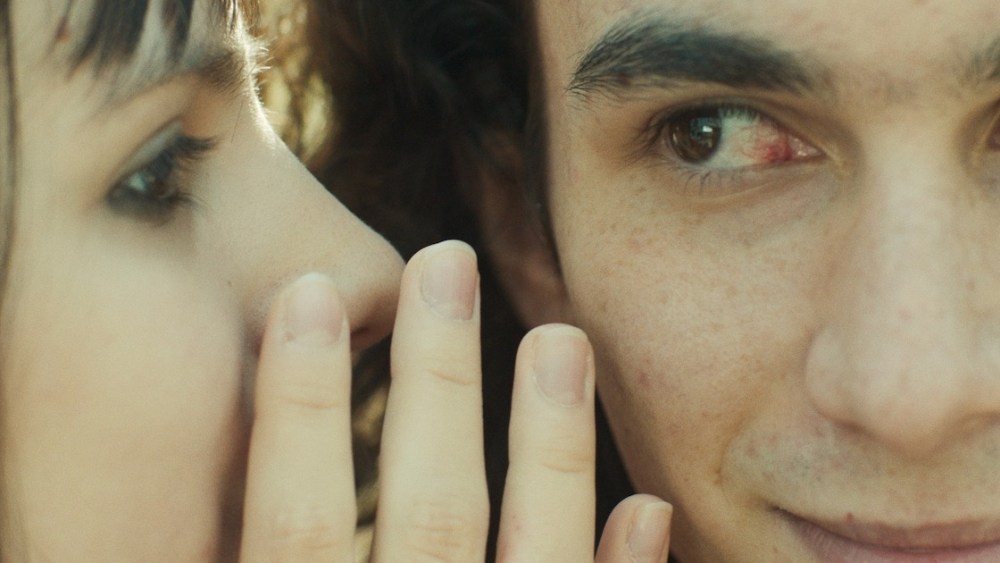A Fresh, Leisurely Look at a Changing Tehran
Shahab Fotouhi‘s debut feature “Boomerang” is a delightful, surprising portrait of modern Iran, but its biggest surprise is that Fotouhi is in his forties. His voice is the kind that feels not only fresh, but under-heard. He paints metropolitan Tehran with youthful verve, capturing — through loosely connected stories, a few non-sequiturs and even a scene of magical realism — the city’s vibes during a moment of generational transition.
Of course, that Fotouhi was raised immediately following the Iranian revolution still makes sense. Several of the film’s characters are middle-aged, and some of them — the men in particular — struggle to let go of old modes of thinking, interacting and being. However, the crux of “Boomerang” is its female characters: a mother, Sima (Leili Rashidi), and her teenage daughter Minoo (Yas Farkhondeh), who seldom interact on screen, but whose overlapping stories speak to the country’s shifting tides.
The film begins in rom-com mode, as Minoo locks eyes with a young, handsome stranger, Keyvan (Ali Hanafian), from across the street. As they wait for the traffic light to let them cross and meet, they begin flirting wordlessly. Minoo asks Keyvan to untie his bun; he obliges, revealing thick locks of hair. It’s sweet, and a little exciting.
As the teens get to know each other through sardonic confessions, elsewhere, Sima comes home to find her husband Behzad (Arash Naimian) listening in on their neighbors’ lovemaking, though she pretends not to notice. Unlike Minoo’s blossoming teenage romance, Sima and Behzad’s marriage rests on a knife-edge, ready to slip at any moment. Behzad is secretly trying to engineer a chance meeting with his ex, while Sima’s general dissatisfaction with him has made divorce all but a foregone conclusion.
The contrast between these relationships creates a broad narrative framework, though while each duo gets plenty of screen time, “Boomerang” is far from straightforward in its social excavations. Even scenes involving the protagonists tend to feel like more like vignettes than parts of a sequential story. The result, however, is always intriguing. Fotouhi and Faraz Fesharaki’s camera lingers on spaces long after characters have left them, and the film even introduces new scenes and interludes through lengthy pans and tilts that focus on the most mundane city architecture. There’s something wistful about this approach; it takes on an almost magical quality, thanks to Panagiotis Mina’s quirky and distinctly modern electronic score.
“Boomerang” is a film of conversations, but the words seldom matter. More indicative of Fotouhi’s observations are the way scenes end or begin. Behzad, for instance, never quite feels sure of himself — none of the movie’s middle-aged or older men do, even as they bicker about parking spaces. At one point, he even takes pride in the quince jam he prepares, as though it were his only valuable talent, giving way to a particularly funny and imaginative gag.
On the other hand, Fotouhi also captures young women and girls entering scenes in the middle — “intruding,” as it were, though all they’re really doing is laughing and hanging out in public spaces. It’s a small but meaningful reclamation in the wake of Iran’s recent social movements, as is the fact that the only head coverings they wear are hoods, bandanas and winter ski caps. Minoo even has green highlights in her hair.
While not overtly confrontational, the film is thoroughly political in the way it presents Tehran in its leisurely moments, including a minor queer character discussing his love life. This languid, multifaceted portrait of the city and its youth is a far cry from the Iranian cinema that tends to travel westward — the more structured and serious-minded “New Wave” films and their descendants — which only adds to the many reasons Fotouhi’s approach feels so revitalizing.


